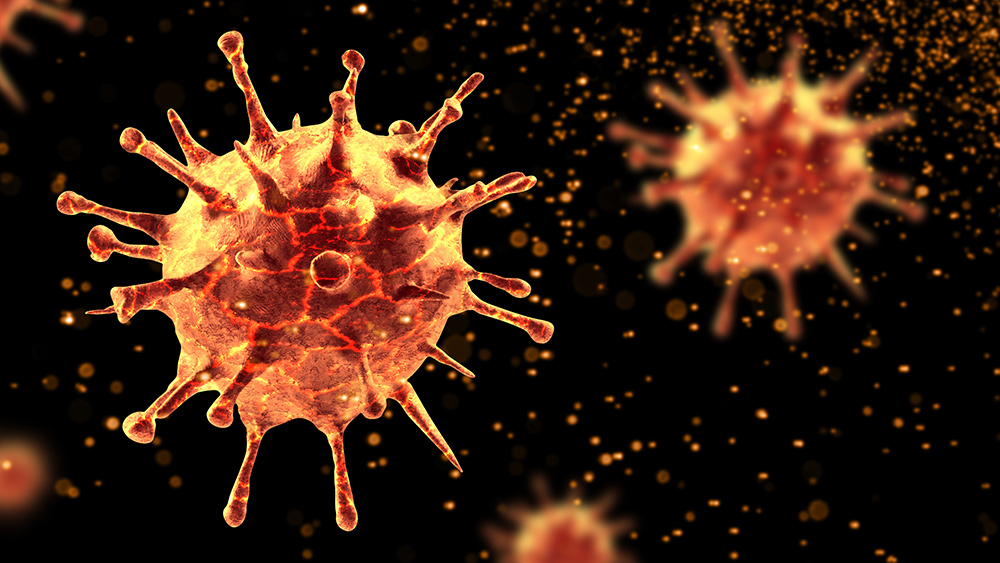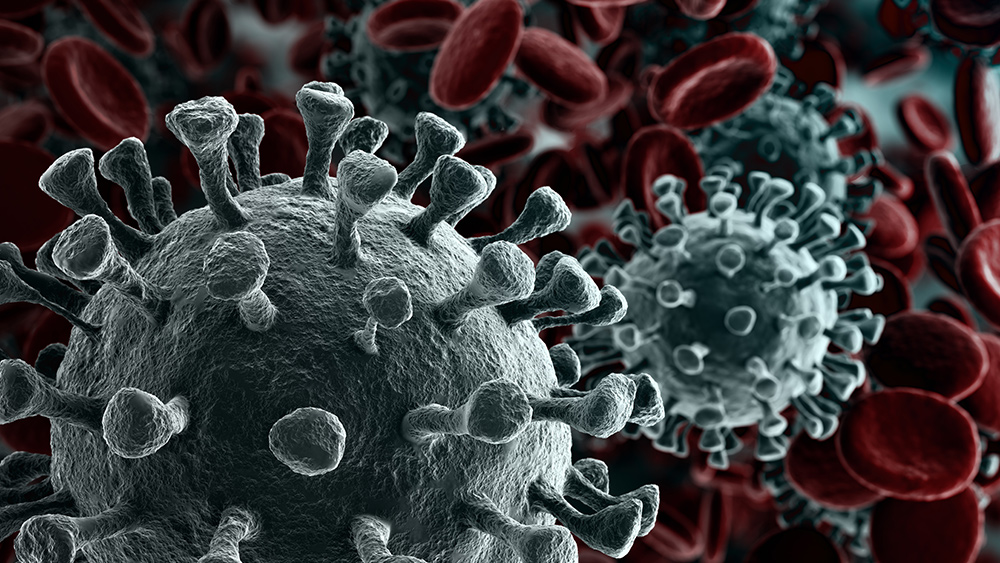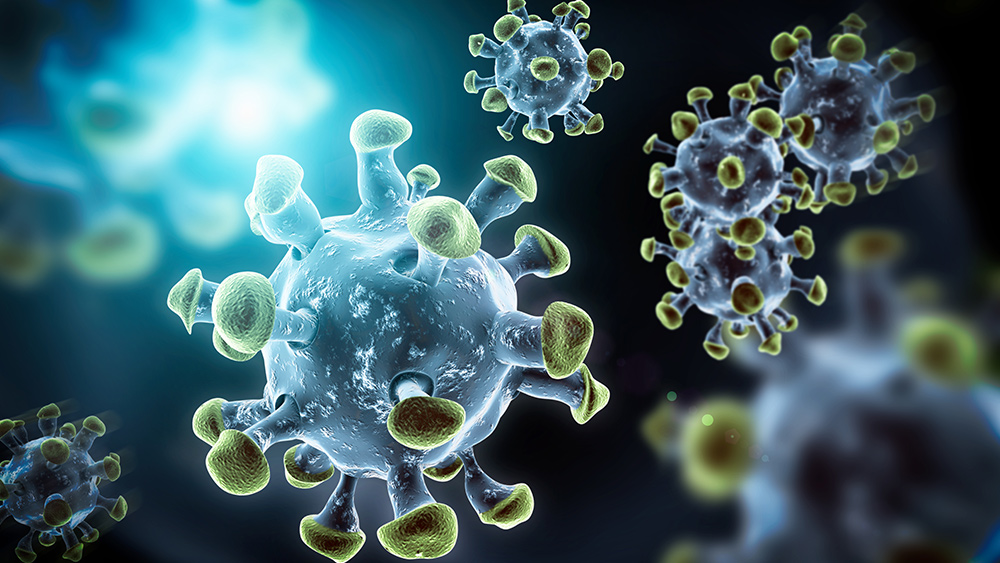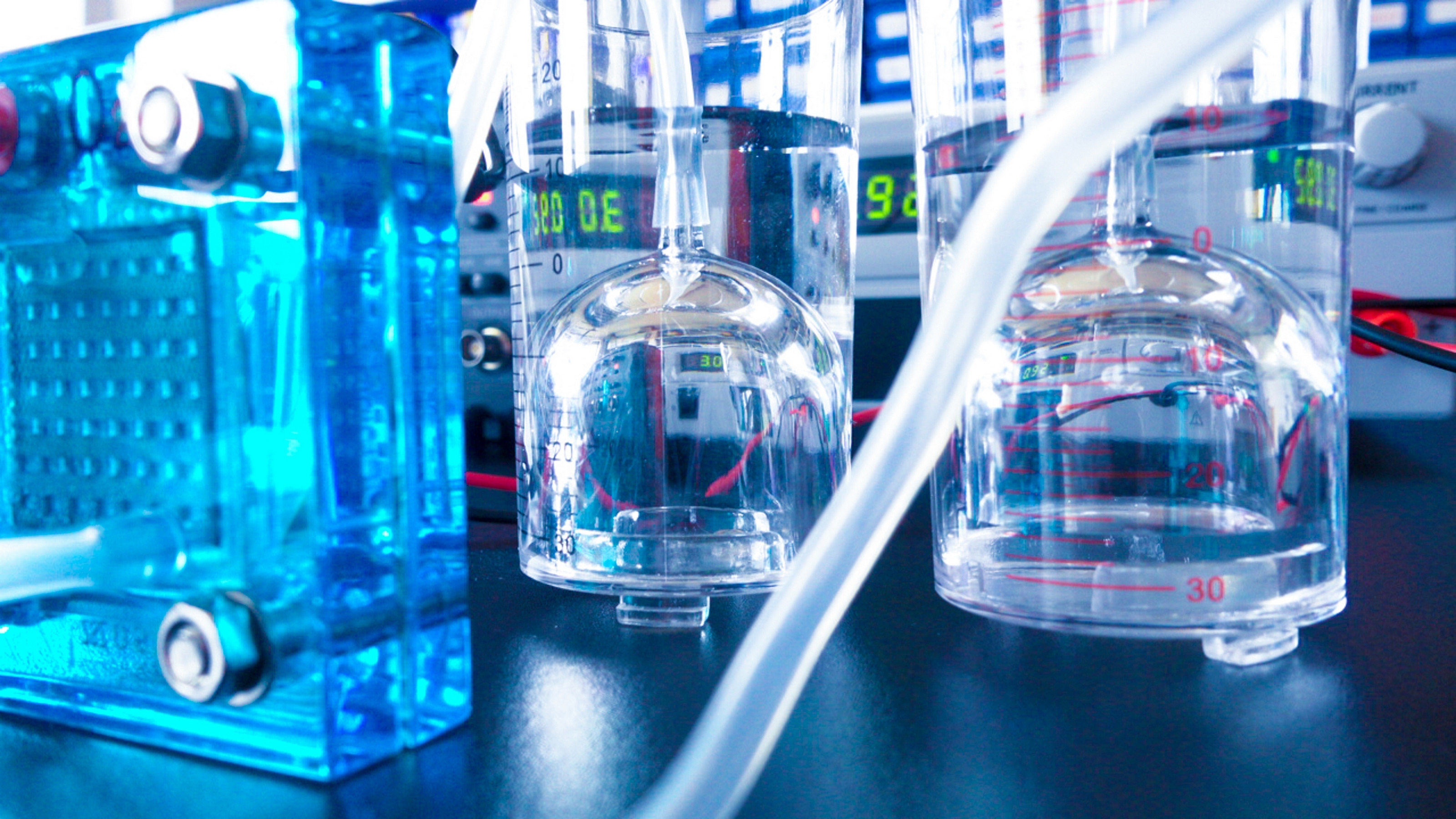Analysis of viral particles in wastewater indicate even more undetected coronavirus cases in Massachusetts
04/10/2020 / By Franz Walker

The coronavirus behind the global pandemic has been detected at higher levels than expected in Massachusetts’ sewage. According to a new study, the findings suggest that there are many more undiagnosed patients than previously known.
The study, which was posted on the preprint server medRxiv, was conducted by researchers from biotech startup Biobot Analytics, the Massachusetts Institute of Technology (MIT), Harvard University and Brigham and Women’s Hospital. The researchers collected samples from a wastewater facility for an unnamed metropolitan area in late March.
“At Biobot, we have been using wastewater based epidemiology to generate data on the opioid crisis in the U.S.,” stated Eric Alm, one of the authors of the study. “At my academic laboratory at MIT and also in Singapore, we have been developing wastewater based epidemiology to estimate disease prevalence of typhoid in Nepal and dengue in Singapore.”
Viral particles in wastewater can still tell us a lot
According to Alm, the public is not at risk of contracting the virus particles from the wastewater. However, they may have the potential to indicate how widespread the virus has become.
“Even if those viral particles are no longer active or capable of infecting humans, they may still carry genetic material that can be detected using an approach called PCR [polymerase chain reaction] which amplifies the genetic signal many orders of magnitude creating billions of copies of the genome for each starting virus,” explained Alm.
The viral particles in the wastewater are greatly diluted; as such, the researchers had to enrich them using a special chemical process and a high-speed centrifuge. The researchers then used quantitative PCR to estimate how much viral particles were in the wastewater, which in turn enables them to extrapolate how many people could be infected in a community.
During the study period, the authors of the study noted that there were only 446 cases in the area served by the wastewater facility. The results of the study indicate that this number could be much higher, though more research is needed to verify it. (Related: Gross underreporting of coronavirus deaths across the USA means that the “official” numbers are extremely LOW.)
The team currently lacks the data to provide an accurate figure for the number of infected people in the area. However, based on what they have, they estimate that it could be between 2,300 and 115,000 — far more than official figures state.
“The amount of virus we found in wastewater was higher than we expected given the number of clinically confirmed cases in the area that we sampled,” stated Alm. “We still have additional follow up experiments to perform before we can say exactly how many undiagnosed cases there might be, but we believe it could be significantly higher than the number of confirmed cases.”
The researchers have already shared their findings with local health officials who said that it was plausible that there were hundreds of undetected cases.
“They could believe that [our] numbers could be correct and not out of the realm of possibility,” said founder and Biobot CEO Mariana Matus.
Using wastewater to track the spread of the virus
The study on virus particles in Massachusetts’ wastewater adds to earlier findings that show that the coronavirus can be detected successfully in municipal sewage.
“Community wastewater is a proven source of information that otherwise is difficult to obtain,” said Rolf Halden, a researcher at Arizona State University who is conducting a similar research. “It’s simple math: how do you get the most information on the largest number of people with the least amount of resources? Answer: Perform a population-wide assessment; and if a problem is identified, mobilize an emergency response in areas of need. In the healthcare setting, screening is slow because we examine one individual at a time.”
Compared to individual screenings, wastewater analysis provides information on thousands and even hundreds of thousands of people, said Halden. He explained that while it does not replace testing of individuals, it provides useful data “very economically, rapidly and at scale.”
Halden stated that wastewater analysis presents a promising tool for informing health officials where and for how long they need to intervene to protect people. Not using it to manage the outbreak, according to Halden, “would be foolish.”
Fuqing Wu, one of the co-authors of the study, said that the method could alert people and governments about an epidemic several days, or even weeks before cases are confirmed. The symptoms of infection from the coronavirus usually come later than its replication in the body and its excretion into the wastewater.
Before than can happen, however, Halden stresses that more work and testing are required before wastewater analysis for the coronavirus can be put into widespread use.
“There’s still a big if. The studies available thus far do not rise to the scientific rigor that instills complete confidence,” explained Halden. “The international research community is working hard to fill those gaps quickly.”
“If we succeed, our data will help to save not only lives but also livelihoods, by isolating areas that show infections and by getting people back to school, work and normalcy when it’s safe to do so,” he added.
Sources include:
Tagged Under:



















